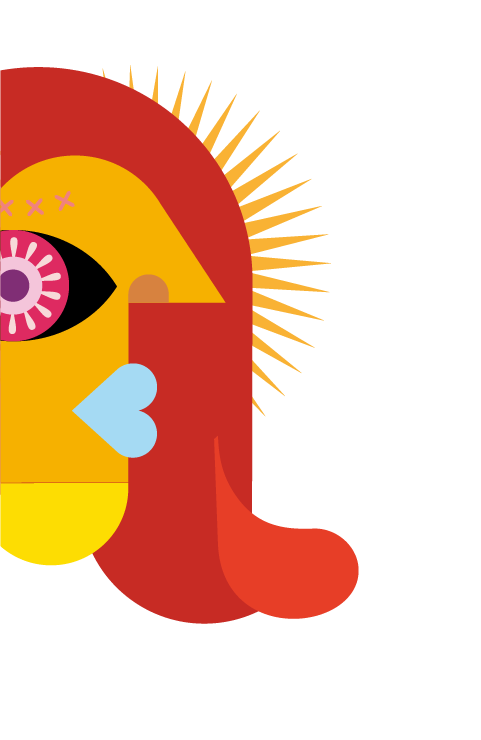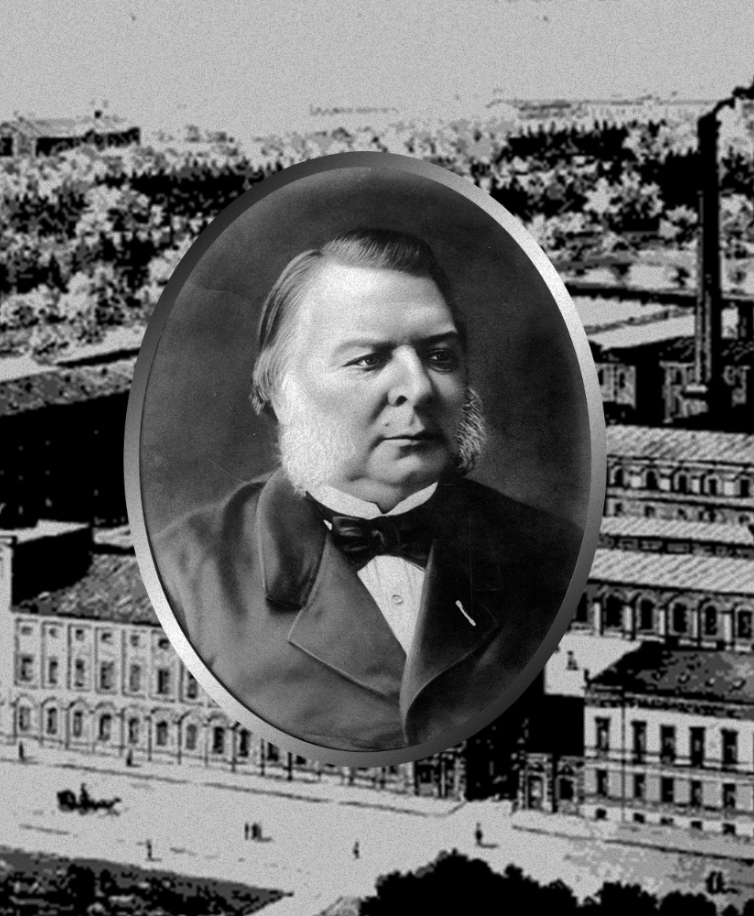Welcome to a place where you can see inside the historic power plant of Karol Scheibler. Let’s take a virtual tour around the power plant and look for hidden stories in details.

During the stroll through you can only get a closer look at impressive interiors and architectural details, but also meet and hear out Mr. Andrzej Szkudlarek – a long-time employee of the factory and an irreplaceable guide of our tours. For best effect, we recommend headphones. Let’s go!
If you want to learn more about the history of the power plant, have a look below
The past of the historic heat and power plant dates back to 1907, when the first commercial heat and power plant was put into operation in Łódź to provide electricity for the city and factories. Karol Scheibler junior, whose father had developed in Łódź the biggest industrial empire in Europe, decided to make his own factories independent from external energy supplies. Thus, in 1910, according to the design of Alfred Frisch, the power plant of K.W. Scheibler Cotton Products Association was built. The designer left the neo-Renaissance and neo-Baroque style of the factory buildings in Łódź, focusing on modernity and the then-current styles: Art Nouveau and Modernism.
The building consists of two parts (engine and boiler rooms) as well as a small tower adjacent to them from the north. The building’s structure is reinforced concrete – it is one of the first buildings in Łódź built in this way. At the same time, it is the widest reinforced concrete ceiling built without any supports. The elevation of the power plant with smooth lines, finished with contrasting materials – light-coloured plaster and red clinker bricks as well as large surfaces of mullioned windows finished with soft arches, is one of the best examples of Industrial Art Nouveau in Poland and also in Europe.
The consistency of styles can be seen also inside. The staircase was covered with indigo-coloured tiles (Prussian blue) and decors with white Art Nouveau plant motifs, the stairs are complemented by a winding, wrought balustrade. In the years of the power plant’s glory, they were covered with a red carpet mounted with brass rods. The walls of the main hall are decorated with Art Nouveau Indian yellow tiles and the floor is covered with monochromatic tiles with a volute motif. Above them there are soaring windows with geometric stained glass windows.
The building was supposed to intimidate and be a showcase of the Scheilbler Empire and the new era of electrification. Even today, when its glorious years passed away, it intimidates visitors, being a kind of cathedral of the industry. The power plant was up and running continuously until 2003. Some of technical equipment, including the oldest turbine produced by the German company AEG in 1935, has been preserved until today.
For years ,the jewel of the former Scheilbler Empire has been waiting for its second life. Shortly it will gain a new face through its modernization. It will become the heart of Fuzja – a revitalized part of Łódź – easily accessible again to the residents of Łódź.

Do you like to hear stories?
“The Elements” is a six-episode series that can tell you about a place where Fuzja is being developed. To be more precise, Andrzej Szkudlarek, our irreplaceable guide to a plot located at 5/7 Tymienieckiego Street, will tell you his gripping stories – see for yourself!